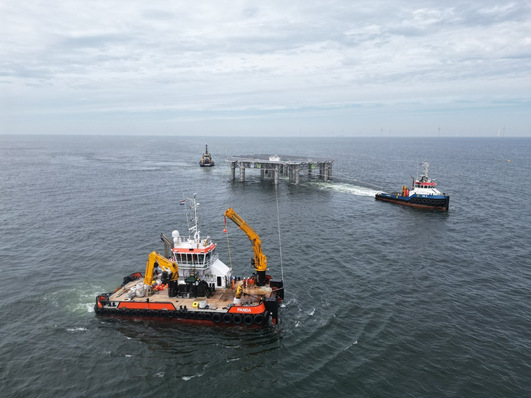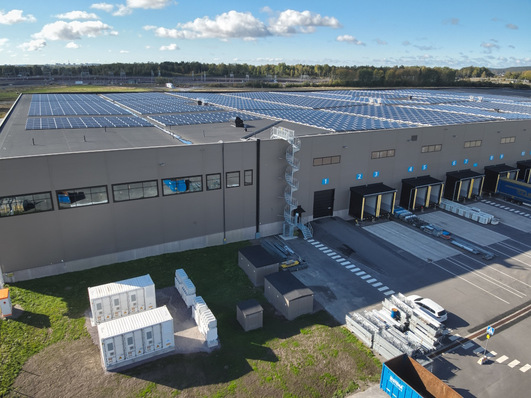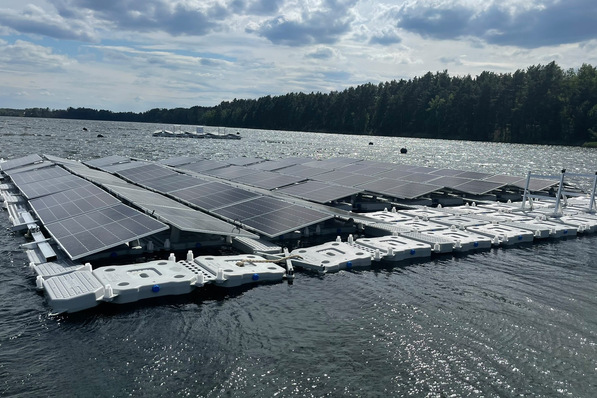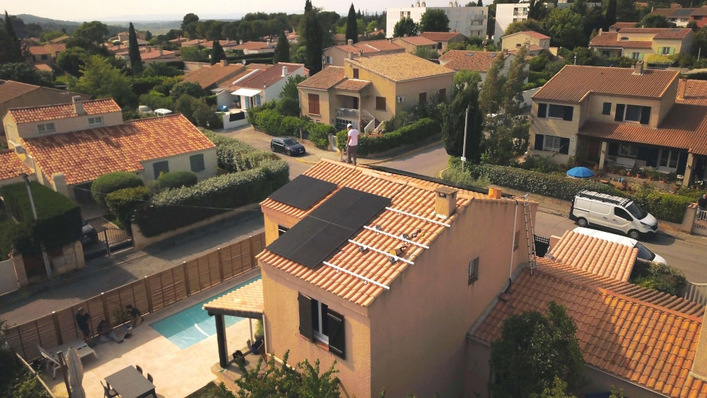Sometimes the solar module manufacturers recommend repairing the damaged panels. When is this the better way than replacing defective components with new ones?
Mischa Paterna: This is a business decision that can be made very transparent. Especially for smaller installations with older panels, it would be preferable to replace components. In Belgium, we have some roof installations with old thin-film panels that only generate 85 watts. Just taking these off the roof costs money. No point in tinkering with these. The ideal thing to do is repowering, i.e. adding new crystalline panels. Of course, being able to repair the damage that occurs also plays a role, because the installation should keep generating without problems for many years afterwards.
Is there a general rule of thumb?
If so, maybe this one: The greater the damage to an installation, the less repairs make sense. If there is major damage to a solar park, such as snail traces or delamination, new panels would be installed – especially if how the damage will develop is uncertain. Such an exchange is often carried out under the terms of the warranty. The overall costs can be reduced by selling the exchanged and professionally refurbished components on the second-hand market through specialist resellers such as SecondSol.
What else needs to be considered?
There is a difference if the system runs under a PPA contract or if it is subject to feed-in tariffs, which may be lost for new modules. Repowering does not only affect the panels. Repowering old inverters is sometimes simpler, in order to get a few percentage points of more yield out of the installation. It is not uncommon for insurers' terms and conditions to be a factor when the customer chooses between repowering, repair or reproduction.
And the replication of older panels?
We see it as a valid niche for individual cases. Generally speaking, the solar panels are now too inexpensive and replacement makes more sense. In some roof systems we are currently exchanging CIS thin-film modules by Solibro, which were built ten years ago. Building new generators using inexpensive crystalline panels is much easier than replicating or repairing.
The interview was conducted by Heiko Schwarzburger.
Stay informed, get our free newsletter twice a week. Register here.
Also watch out for:







